In the wake of the unprecedented events that have unfolded in recent years, schools have been left grappling with a multitude of challenges which have fundamentally reshaped the landscape of education. Many international schools have found themselves understaffed and under extreme pressure to tackle a host of post-Covid issues.
The pandemic and its subsequent disruptions have not only posed immediate obstacles to the traditional classroom model, but have also highlighted long-standing issues such as educational inequities, mental health concerns, and the need to adapt pedagogical approaches to a rapidly evolving digital age. As schools navigate this complex terrain, they are confronted with the task of balancing student well-being, academic progress, and technological integration while ensuring a safe and inclusive learning environment for all. An increasing number of international schools have found a way to tackle these issues using a system known as ‘blended learning.’
What is Blended Learning?
Blended learning is one of the most exciting new teaching approaches in education today. It combines traditional face-to-face teaching with online learning – either at home or in a classroom setting. Blended learning has a number of benefits for both teachers and students.
Benefits for Teachers
For teachers, blended learning provides increased flexibility in the classroom. Instead of having to cram learning into a single study period, teachers can now use online resources and activities to extend learning beyond the traditional classroom setting. This allows teachers to focus on higher-order thinking in the classroom and to provide personalized instruction to meet the individual needs of their students.
Benefits for Students
For students, blended learning helps foster a more active learning process. Instead of passively receiving information, students are encouraged to engage with the material presented through online activities or in-class discussions. This allows them to develop their understanding of the material and how it might be applied.
Blended Learning and Admissions
While the concept of blended learning has been around for many years, the pandemic has brought it to the forefront. Educational institutions are looking at their models, re-evaluating how they teach and finding the best way to incorporate technology to benefit staff and pupils alike. At the admissions stage, schools are noticing that families are expecting access to a full complement of courses and prioritising curricula which are engaging, academically rigorous and help develop independent learners. The blended learning approach allows schools to extend their offering and cater to these needs, regardless of staff shortages or timetable conflicts.

About Wolsey Hall Oxford
Wolsey Hall Oxford offers online homeschooling courses from Primary and Secondary through to IGCSE and A level. Established in 1894, they are an experienced home study and online homeschooling provider.
To read the rest of the article, subscribe to the International Admission Bulletin for free.
To read the 2023 issue of the International Admissions Bulletin, click here. If you are interested in contributing to our 2024 edition, please email bulletin@openapply.com

